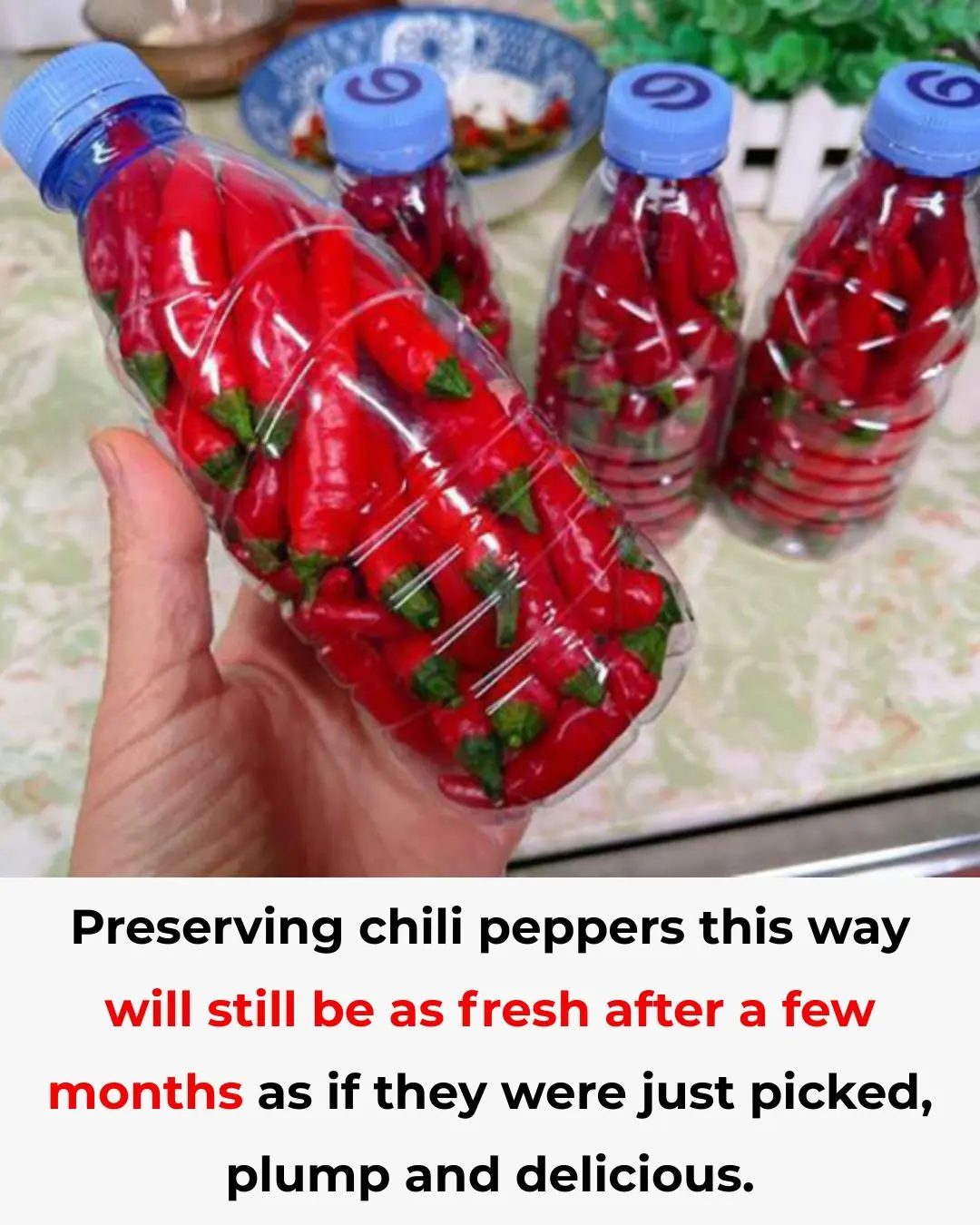
Ways to distinguish new and old eggs from before buying until breaking the eggs

How to Tell If an Egg Is Fresh or Old – Simple Tricks Everyone Should Know
Chicken eggs are a favorite ingredient for many home cooks because they’re versatile, affordable, and packed with essential nutrients such as vitamins A, D, and E. However, if the eggs are old or have been stored for too long, these nutrients can gradually degrade, and the flavor may also change. To make sure you’re always using fresh, high-quality eggs, here are some practical tips to help you distinguish fresh eggs from old ones.
1. How to Identify Fresh Eggs Before Buying
When shopping, you can determine whether the eggs are fresh simply by looking at and touching the shell.
-
Fresh eggs: The shell appears smooth and slightly glossy, often covered with a thin layer of natural powdery film. When touched, it feels clean and firm.
-
Old eggs: The shell loses its shine and may have small rough patches or spots. It might also feel dry or uneven.
💡 Extra tip: Avoid eggs that have visible cracks or stains. Even small cracks can allow bacteria to enter, reducing the egg’s quality and safety.
2. How to Check Egg Freshness After Bringing Them Home
Once you’ve bought your eggs, there are several easy methods to check their freshness at home.
Using a Flashlight (Candling Method)
The structure of an egg consists of eight main parts, from the outside in:
-
Shell
-
Outer shell membrane
-
Inner shell membrane
-
Air cell
-
Egg white (albumen)
-
Egg yolk
-
Yolk membrane
-
Germinal disc and embryo
-
Fresh egg: The air cell is very small and may be hard to see when you shine a flashlight through the egg. The yolk will appear centered and move very little.
-
Old egg: The air cell becomes much larger, clearly visible under the light. You might also notice dark spots or cloudy patches, which indicate the egg has aged.
Using the Water Test
Fill a glass or bowl with clean water and gently place the egg inside:
-
Fresh egg: It will sink to the bottom and lie flat on its side.
-
Old egg: It will stand upright or float toward the surface.
However, this method is not 100% accurate. Some older eggs have a thick, less porous shell, which slows down air exchange and makes them sink even when they’re no longer very fresh. So, it’s best to combine this with other methods for more reliable results.
💡 Storage tip: Always keep eggs in their original carton and store them in the refrigerator’s main compartment, not on the door where temperature fluctuates.
3. How to Tell If an Egg Is Fresh After Cracking It Open
When you crack the egg, there are several clear signs that can reveal its freshness.
Yolk Appearance:
-
Fresh egg: The yolk is round, firm, and stands high above the egg white. It keeps its shape well and does not spread.
-
Old egg: The yolk becomes flat and fragile. Over time, water from the egg white seeps into the yolk, making it more likely to break.
Egg White (Albumen):
-
Fresh egg: The egg white is thick and slightly gelatinous, forming a clear layer that holds the yolk tightly in the center.
-
Old egg: The egg white becomes watery and runny, easily separating from the yolk.
Air Bubbles:
-
Fresh egg: There are no visible air bubbles when beaten or cooked.
-
Old egg: Small tiny bubbles may form immediately when you whisk or heat the egg.
Additional Tips for Storing Eggs
Even if your eggs are fresh when purchased, try not to keep them for more than two weeks. After that period, the egg’s texture and nutrients begin to deteriorate.
To make eggs last longer:
-
Store them pointy end down to keep the yolk centered.
-
Avoid washing them before storage; the natural protective coating helps prevent bacteria from entering.
-
If you’ve already washed the eggs, use them within a few days.
By applying these simple methods, you can always ensure the eggs you use are fresh, nutritious, and safe for your family’s meals.
News in the same category

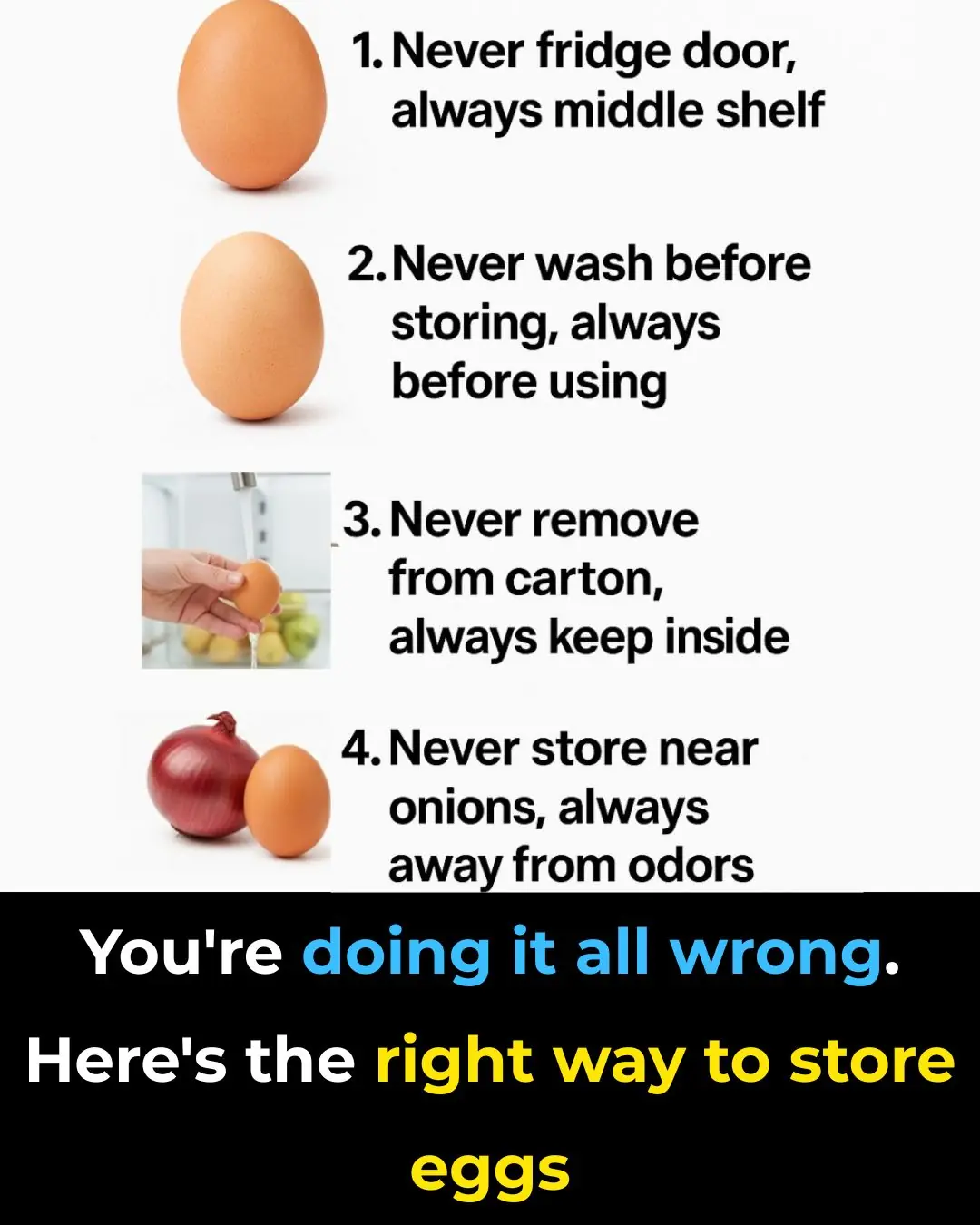
You’re doing it all wrong. Here’s the right way to store eggs

The reasons why public toilet doors don't touch the ground.
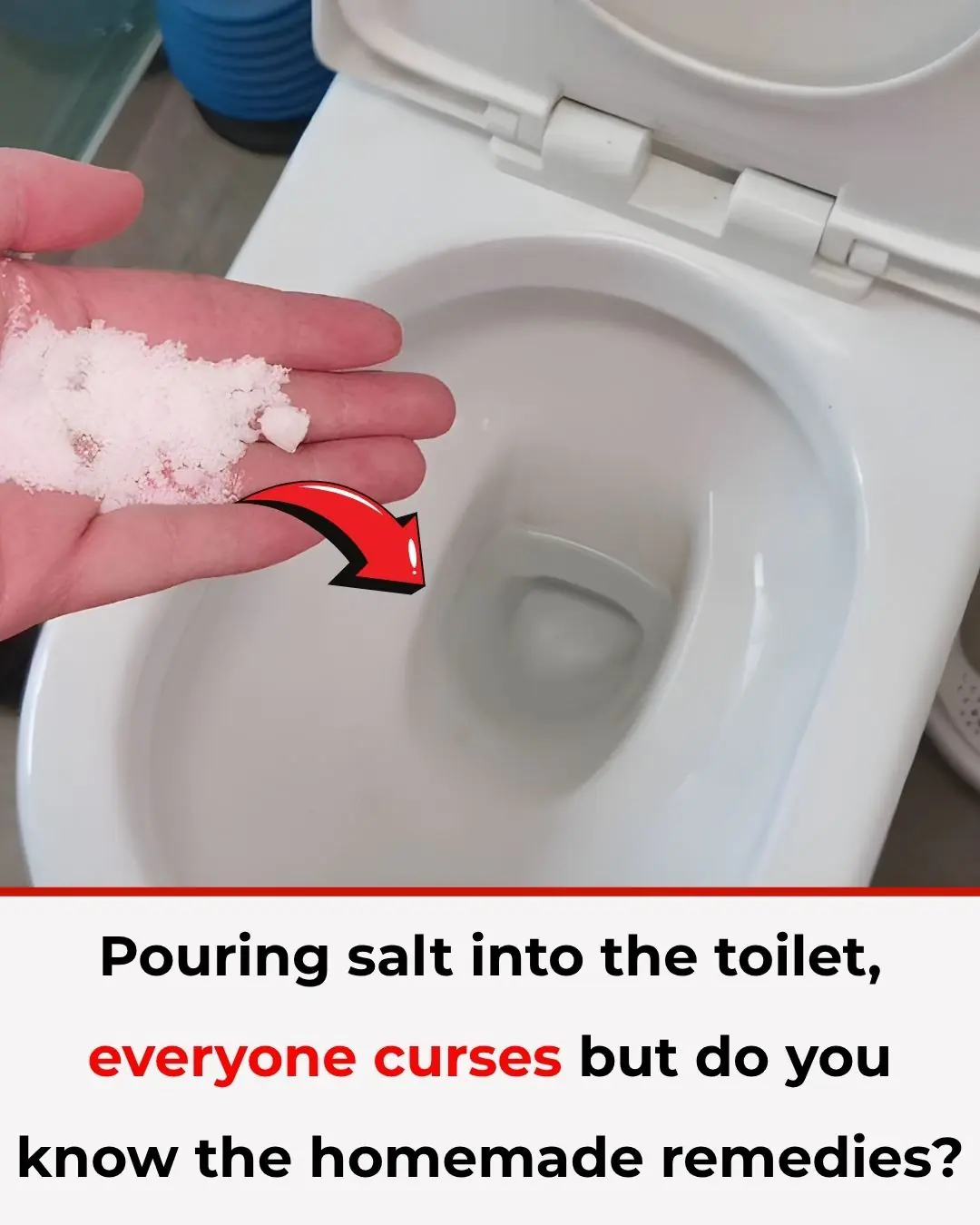
Pouring Salt into the Toilet: Everyone Thinks It’s Crazy, but Once You Know Its Benefits, You’ll Try It at Home Immediately
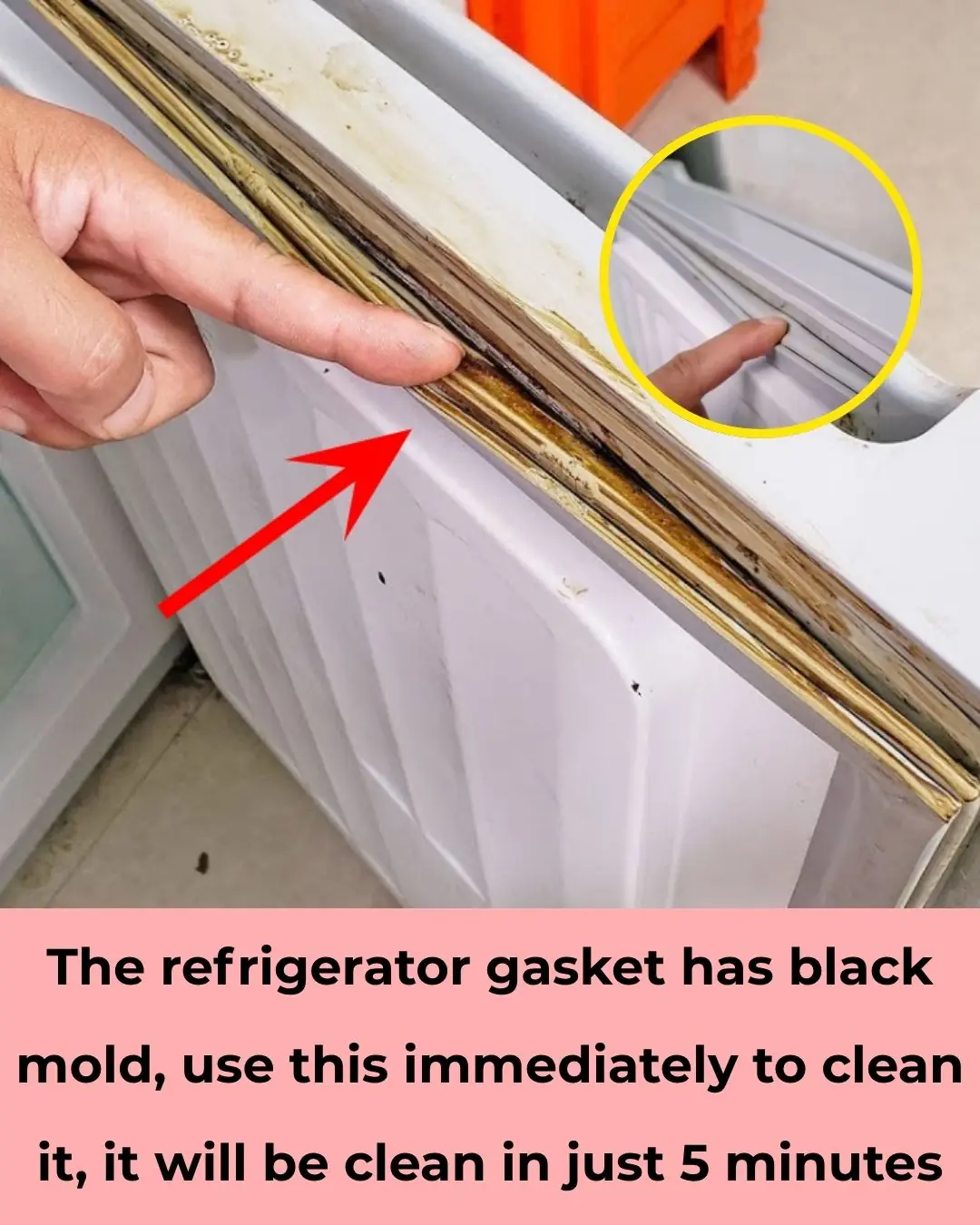
Black Mold on Refrigerator Seals? Use This Trick to Clean It in Just 5 Minutes
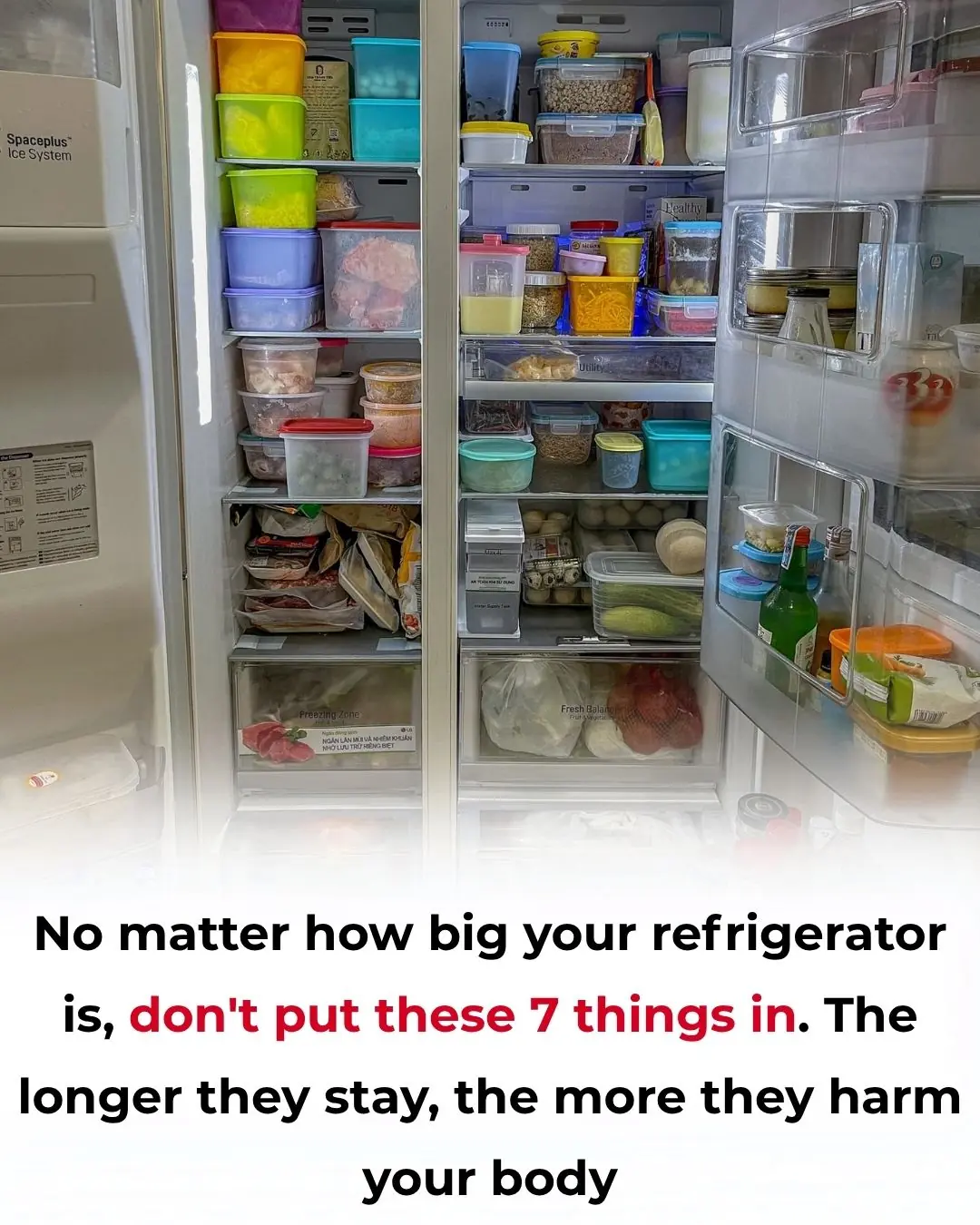
Don’t Ignore This: Check Your Fridge Now and Remove These 7 Items Before It’s Too Late

Why is that and the answer for those who don't know?

Why Do Flat Electrical Plugs Have Two Round Holes? The Hidden Function Is Brilliant

What Your Pile of Dirty Dishes Might Really Be Saying About You
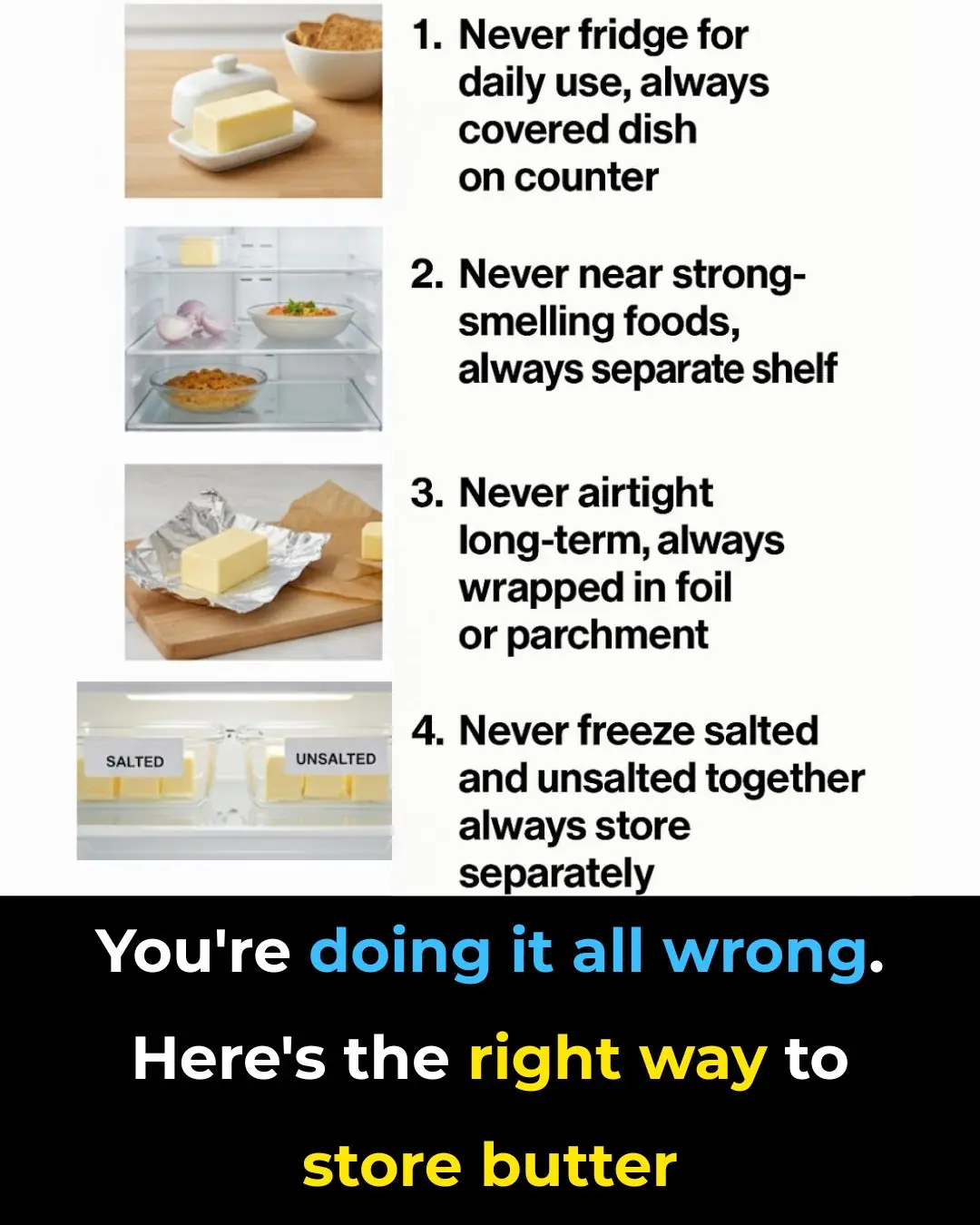
You're doing it all wrong. Here’s the right way to store butter
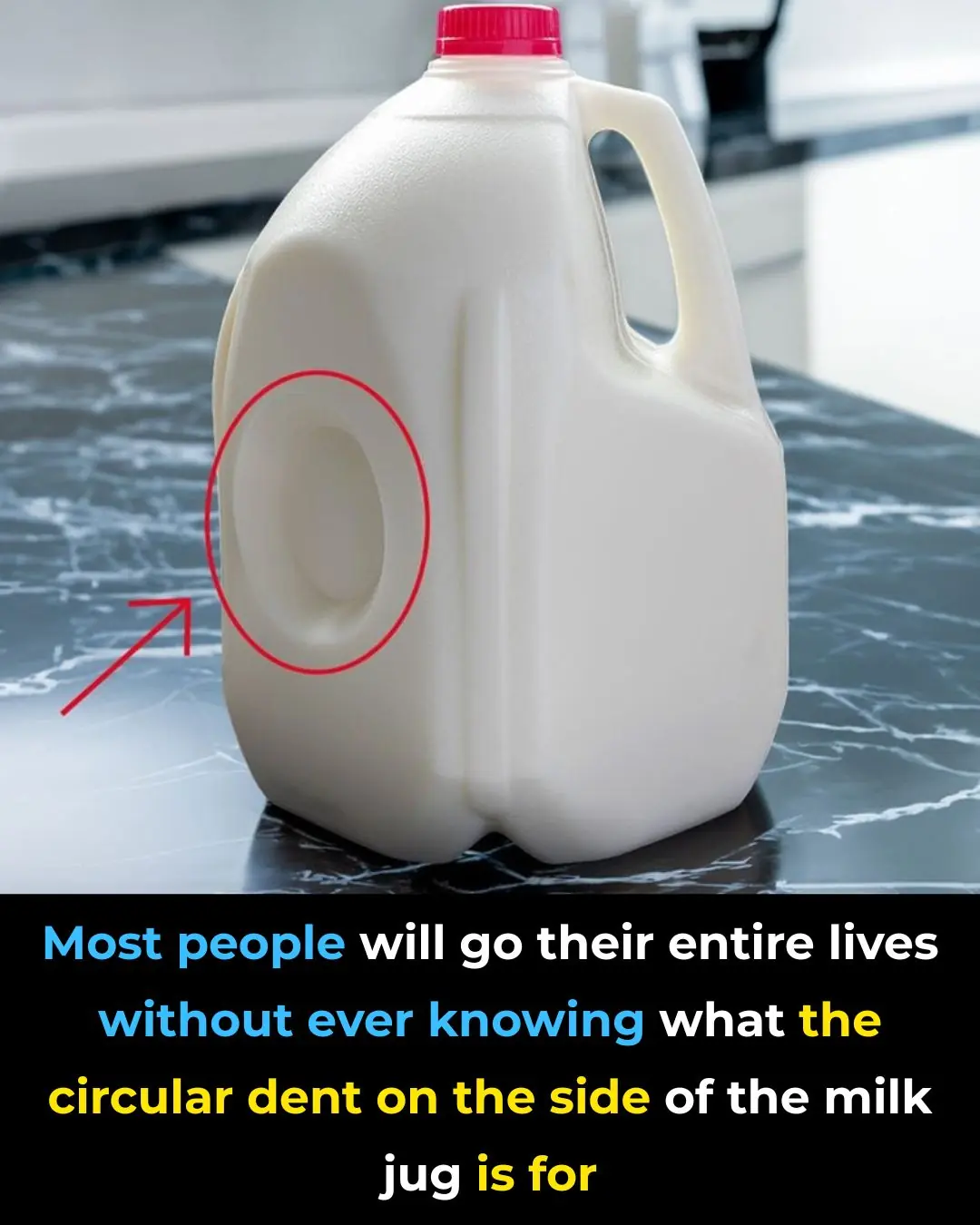
Why There’s a Dent in Your Milk Jug—and What It Actually Does

The more you clean a leaky house, the dirtier it gets: Do this to dry it, with immediate effect

During humid spring rains, put this in the bathroom to help deodorize, avoid moisture, and save cleaning time.

4 ways to distinguish clean vermicelli and vermicelli contaminated with chemicals, every housewife should know

Tips for salting white eggplants so they stay crunchy, don't turn black, and don't develop mold over time

Putting citrus peels in white vinegar helps solve many household problems without wasting effort.

The whole world values this type of fruit even more than cordyceps; Vietnam has plenty of it, but no one knows to eat it.
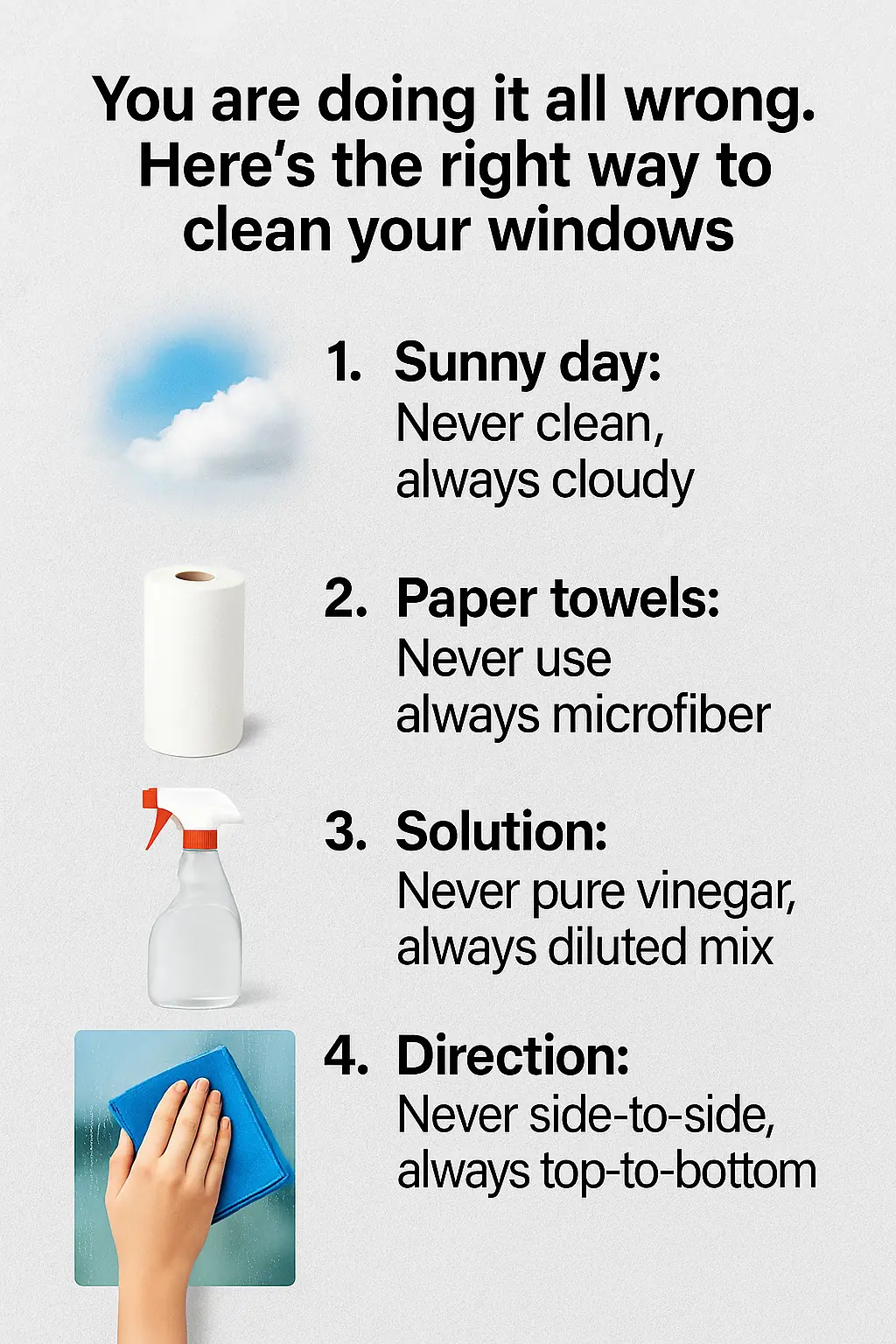
You are doing it all wrong. Here's the right way to clean your windows

My nana taught me this hack to whiten dingy grout in 4 mins with 0 work. Here’s how it works

You’re doing it all wrong. Here’s the right way to dust your home
News Post
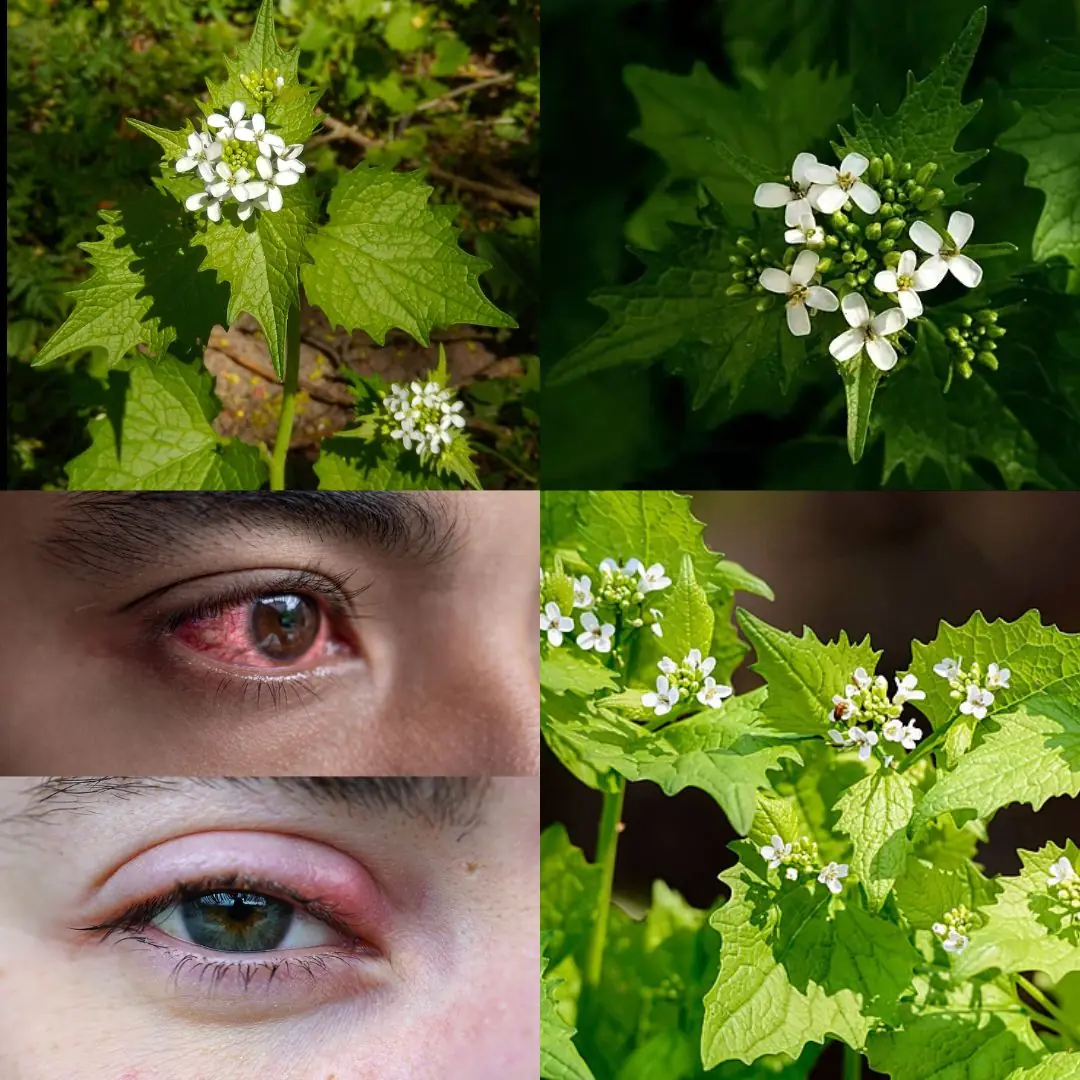
Garlic Mustard: The Overlooked Herb That Can Boost Your Health — Especially Your Eyes

SHOCKING NEW STUDY REVEALS WHAT MIGHT BE SILENTLY DESTROYING HUMAN FERTILITY

POPULAR SHAMPOO URGENTLY RECALLED BECAUSE IT CONTAINS BACTERIA THAT KILLS UP TO ONE IN TEN PATIENTS

How to Store Chili Peppers So They Stay Fresh, Juicy, and Flavorful for Months

Nurse who's witnessed 'so many deaths' explains spine-chilling moment she realised 'what happens after we die'

You’re doing it all wrong. Here’s the right way to store eggs
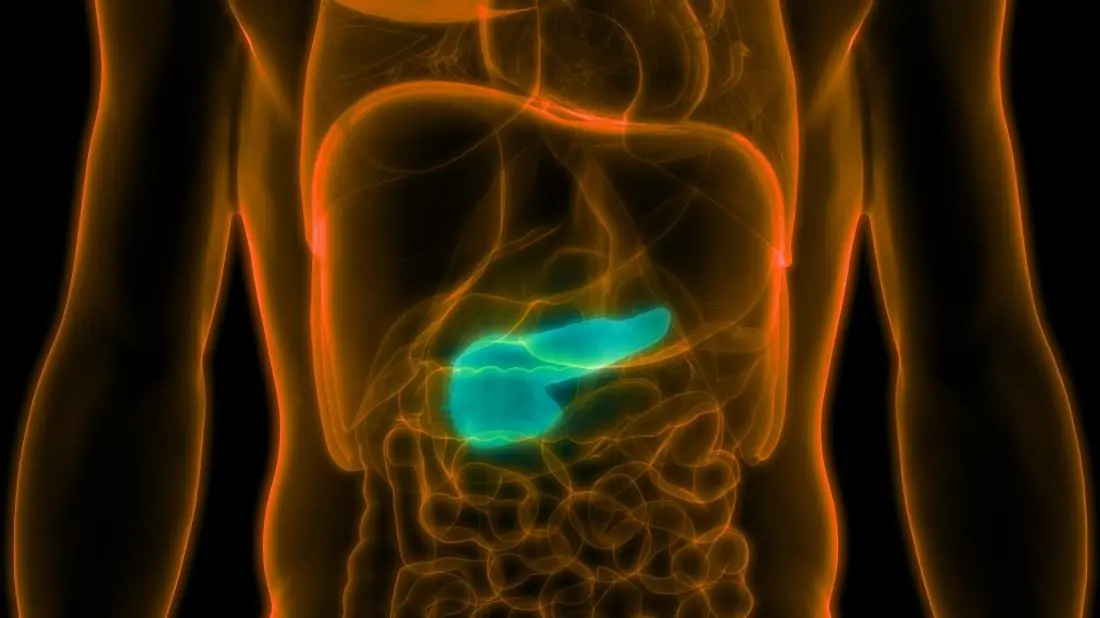
The influenza flu virus is being used to cure pancreatic cancer

The reasons why public toilet doors don't touch the ground.

Eye Doctor Reveals What To Do If You Start Seeing ‘Floaters’

The Baby Hippo Who Just Wanted to Be Left Alone.

The Chimpanzee and the Lion Cub: A Love Beyond Species.

🍃 17 Reasons to Drink Guava Leaf Tea Twice a Week

If cancer cells are present in the body, these 3 symptoms often appear in the morning everyone should pay attention

The Night the Bear Knocked at the Door.

🥤 The Rejuvenating Smoothie That Makes You Look 20 Years Younger 🌿

A Love That Shaped a Legend: Robert Redford and Lola Van Wagenen.

Firefighter’s Final Rescue Saves Ten Souls

Rex: The Police Dog Who Gave His Life to Protect His Best Friend

3 foods you thought were bad for diabetes (but aren’t!)
